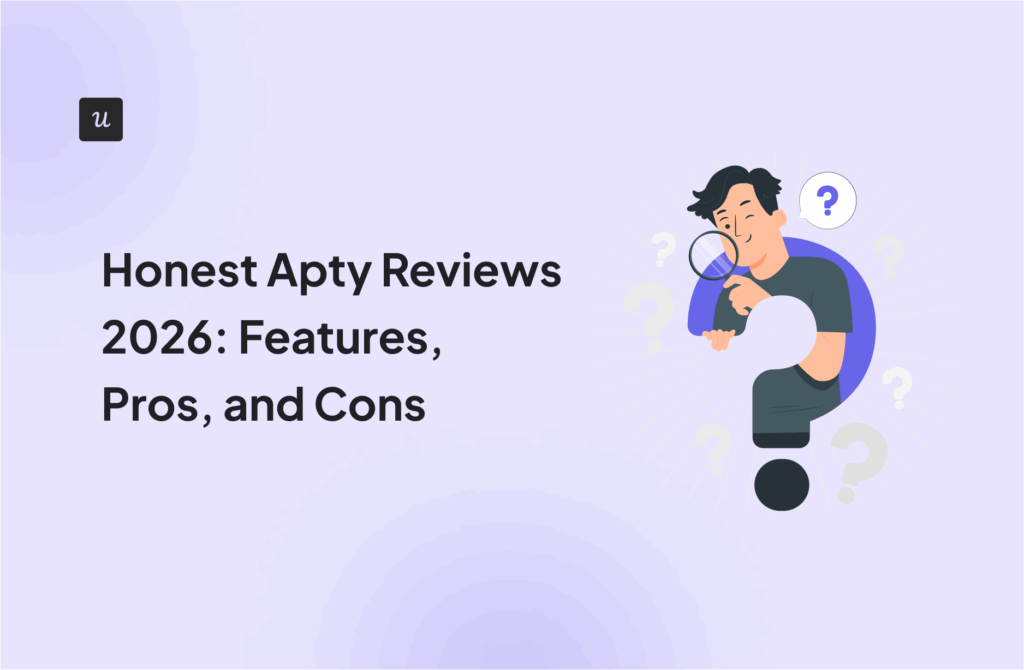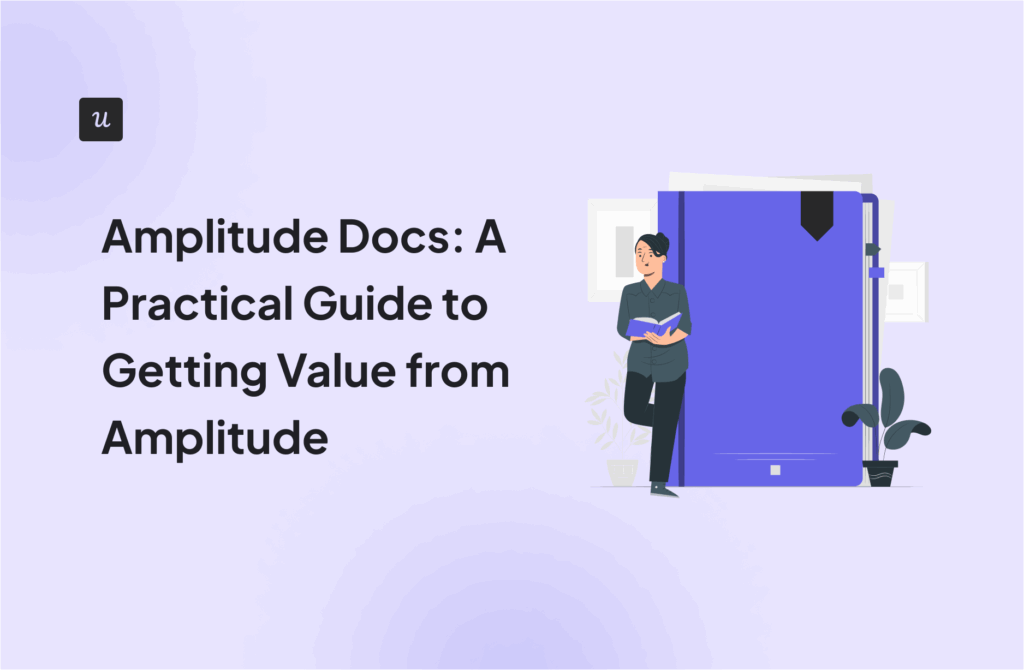![Mixpanel Funnels: Features, Report Types, and Use Cases [+ Better Alternative] cover](https://blog-static.userpilot.com/blog/wp-content/uploads/2023/12/mixpanel-funnels-features-report-types-and-use-cases_ebf41668001c8fc929e8569874017f98_2000.png)
Mixpanel Funnels lets you use product analytics to measure how user flows lead to different actions being performed in a particular series. This guide will walk you through what Mixpanel Funnels is, which settings you can adjust for each funnel report, and show you a few key use cases.
Try Userpilot Now
See Why 1,000+ Teams Choose Userpilot

What are Mixpanel Funnels?
Mixpanel Funnels is a report that lets you see how users either convert or drop-off during different steps of various user flows. This lets you optimize funnel performance based on user behavior collected when customers interact with your product, application, or website.

Types of Mixpanel Funnels control
Mixpannel Funnels lets you adjust multiple settings when generating a funnel report to ensure that the data is as actionable as possible:
- Counting method. The counting method that you select will determine how many times Mixpanel counts activity from the same user toward your conversion rates. These can be calculated by counting sessions, totals, or uniques.
- Average conversion time. Mixpanel’s time to convert shows the average amount of time before users convert. Shorter conversion times are better so, if funnel data shows the average conversion time increasing, this could be an indicator that your entire funnel is underperforming.
- Conversion step order. If you have the same four-step funnel but see users drop off or convert at different stages, then that means there’s a dynamic step order. Mixpanels can count users that convert at each step and show you the order of steps that users take before converting.
- Exclusion steps. The ability to exclude users and add user property filters is like the opposite of segmentation. This will show you how many users didn’t do a particular action so that your funnel calculation can provide more in-depth data on a user’s activity stream.
- Constant properties. Having a property constant will show you customers that have the same user properties throughout every stage. This means that customers will only be counted as a conversion if they perform all the tracked events and have the same property value while doing so.

Types of Mixpanel funnel reports
Mixpanel Funnels offers different funnel report types depending on your needs. Here’s a brief overview of each report type:
Funnel steps
The funnel steps report is a chart that shows you the percentage of users who move to the next step of a funnel. These funnel charts are helpful for visualizing the movement of leads through a funnel. Mixpanel also shows you the UTM with the best conversion rate.
This means you’ll be able to distinguish between traffic from organic search, referral links, paid media, and influencer marketing then see which channel has the most promising conversion rate. Mixpanel also lets you adjust the date range to see how these conversion rates hold up over time.

Funnel trends
While funnel trends show you cumulative data for each step, the trends funnel report focuses more on how specific user flows (and the metrics associated with them) change throughout different time periods. For instance, you might see conversions from organic search spiking over the past 30 days.
You’ll also be able to adjust the conversion criteria while generating these trend reports. Excluding one criterion or adding another can help you drill down on the conversion rate — even if the same event is being used to track conversions.

Time to convert
Time to convert is a crucial metric that you can monitor through a Mixpanel funnel report. For instance, you could see the median amount of time it takes before users send their first message through your software application.

If you see the time to convert rising (compared to the previous time period), then that could be a sign that you need a new funnel to reduce the time to value (TTV). You’ll also be able to filter out a particular event or attribute to ensure that the time to convert calculation isn’t skewed by outliers.
Frequency
The time to convert metric measures how long it takes for an event to occur after acquiring users. In contrast, the frequency screen tracks how many times users complete a specific action. You might find that 100% of users send at least one message within 30 days (like in the below example).

If data suggests that an action only occurs once within the specified funnel cycle then that could be a sign that something is obstructing the user journey. Measuring the frequency of event properties is the first step toward identifying friction points in a particular funnel step.
Top paths
User path analysis is crucial for identifying usage patterns and streamlining in-app flows. Mixpanel’s top path funnel report lets you segment results based on which device, browser, or operating system a converted lead uses on their first search event.
For example, you can filter for iOS-only search events to calculate your funnel’s conversion rate for that cohort:

Use case examples of Mixpanel funnels
Seeing behavioral data in product user journeys can have multiple benefits (some of which we’ve already mentioned above). Here are further example use cases to show you how Mixpanel Funnels can benefit your product team or SaaS business.
Compare conversion rates across channels
Mixpanel Funnels show the total conversion rate for each channel — or, more precisely, UTM medium. This will let you know which channel you should double down on to help you increase your ROI on marketing spend over time.

Find the average conversion window
In addition to showing you the average conversion window (time to convert), Mixpanel goes one level deeper by displaying the percentage of users that convert within each timespan bracket. These detailed insights will help you understand and reduce the conversion window.

Identify drop-offs in customer journey
Beyond knowing that your product has a one-day conversion window, it’s essential to identify the steps of each new funnel that have the highest drop-off rates. Mixpanel Funnels lets you filter drop-off rates by date range, conversion criteria, and other segmentation rules like OS.

Pros and cons of Mixpanel funnels
While Mixpanel Funnels makes tasks like calculating repeat conversion or analyzing a new funnel easy, there are still a few cons that you should weigh against its pros.
Here’s a brief overview of the pros and cons to consider before committing to a paid subscription.
Pros of Mixpanel funnels
Mixpanel has quite a few benefits to its funnel reporting capabilities:
- Diverse KPIs. Mixpanel Funnels lets you track different metrics with every new funnel report you generate.
- Cross-platform reporting. Mixpanel Funnels works cross-platform, so you can see the same user’s activity stream across both website and mobile applications.
- Ease of use. Many Mixpanel users have praised how easy it is to use the product and create detailed funnel reports.

Cons of Mixpanel funnels
Of course, there are a few drawbacks that you should be aware of if you plan to use Mixpanel for your funnel reports:
- Expensive. The most notable downside of using Mixpanels is the actual cost of the product. The Enterprise plan costs over $800 per month which can make Mixpanel’s pricing prohibitively expensive for companies to adopt.
- Actionability. Mixpanel’s analytics actionability — or lack thereof — means you’ll be able to analyze the data from each calculated funnel but won’t get the chance to act on it. This stands in contrast to digital adoption platforms that trigger in-app flows based on the funnel data you gather.
- Exclusion. Mixpanel has some issues when it comes to its exclusion capabilities. For instance, you can’t remove a segment of users who haven’t performed a specific event. The calculation will only factor in users who came from the first step in the funnel.

Userpilot – A better alternative to Mixpanel funnels
While analytics platforms like Mixpanel are helpful for identifying patterns and figuring out which areas of your funnel need improvement, they lack the execution aspect. In contrast, digital adoption platforms like Userpilot provide actionable insights that you can immediately iterate on.
Userpilot for funnel report
Userpilot’s funnel reports have a few unique benefits that beat Mixpanel’s offerings:
- Intuitive UI. The user interface with Userpilot is far more intuitive which makes it easier for new users to get started with generating funnel reports. In fact, each Userpilot funnels query can be as simple or complex as needed, thanks to the numerous segmentation attributes at your disposal.
- Conversion metrics. Every funnel report generated with Userpilot includes conversion steps, data trends, average time to convert, and other conversion metrics. These ensure that the funnel report contains specific and actionable data that you can use to target your in-app flows.
- Visualization options. Userpilot lets you visualize your funnel data in various different ways — including lines, bar charts, flow charts, and raw metrics. This makes it easy for you to see the most important KPIs at a glance.
- Funnel filters. Userpilot’s funnel reports offer a wide array of funnel filters that let you break down data in a more granular way. Segmentation attributes include country, device type, operating system, medium, which subscription tier the user is on, and more.

As a bonus, Userpilot’s funnel analysis lets you immediately act on the data that you collect. For instance, detecting funnel drop-offs amongst new users — perhaps due to them not interacting with a core feature — then you could target this segment with UI patterns that prompt them to take action.

Userpilot for product analytics
In addition to funnels calculation, Userpilot also offers a diverse range of product analytics features, such as:
- A/B testing. While Mixpanel does have third-party integrations that let you A/B test, Userpilot has this functionality baked in — meaning you won’t have to pay extra for third-party solutions or deal with the hassle of syncing data between platforms.

- Data trends. Userpilot’s trends reports can show you how a specific event property or product metric changes over time. This will help you spot patterns and predict the trajectory of key data points of your product or user base.

- Cohort analysis. Userpilot has cohort retention analysis capabilities which help you identify churn patterns across different user groups. These retention tables can make churn analytics far easier to grasp and act on.
Conclusion
As you can see, creating a new funnel report can be a very involved process as you select the funnel frequency, user profile property, and conversion criteria to base your data on. That said, a flexible tool like Userpilot can help you gather, analyze, and act on crucial metrics.
If you’re ready to get detailed insights whenever you create a new funnel then it’s time to get your free Userpilot demo today!





